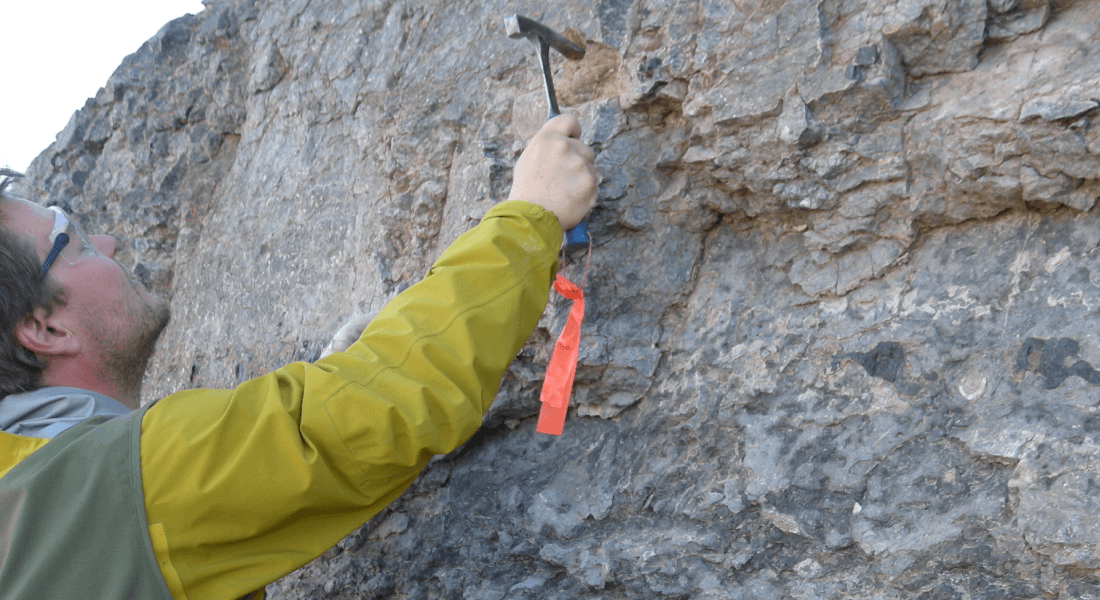Biodiversity in Deep Time – Rasmussen Group
The main goal of the Rasmussen Group is to document biodiversity change in deep time with high temporal precision in order to understand the processes that govern speciation through time. Methods include palaeobiological richness data, taxonomy, palaeoecology, geochemistry and field observations.
Biodiversity levels has fluctuated dramatically through Earth history. We know from present-day species richness data, that climate is an important facilitator in biodiversity change. Yet, to date, biodiversity estimates of past life is so crudely resolved on the temporal scale that any comparison to swiftly operating drivers in biodiversity change, such as climate, is not possible. We apply a combination of systematic palaeontology, cyclostratigraphy, geochemistry and geochronology to go beyond current standards, to resolve early Palaeozoic biodiversity change at the millennia-scale.
Cooling climate accelerates biodiversity accumulation
Rasmussen, C.M.Ø., Kröger, B., Nielsen, M.L., Colmenar, C. 2019. Cascading trend of early Paleozoic radiations paused by late Ordovician extinctions. PNAS, 116 (15), 7207–7213. https://doi.org/10.1073/pnas.1821123116
Rasmussen, C.M.Ø., Ullman, C.V., Jakobsen, K.G., Lindskog, A., Hansen, J., Hansen, T., Eriksson, M.E., Dronov, A., Frei, R., Korte, C., Nielsen, A.T. & Harper, D.A.T. 2016. Onset of main Phanerozoic marine radiation sparked by emerging Mid Ordovician icehouse. Scientific Reports, 6, 18884. doi:10.1038/srep18884
Plate tectonics as a major driver in biodiversity change
Rasmussen, C.M.Ø. & Harper, D.A.T. 2011a. Did the amalgamation of continents drive the End Ordovician mass extinctions? Palaeogeography, Palaeoclimatology, Palaeoecology, 311, 48–62.


